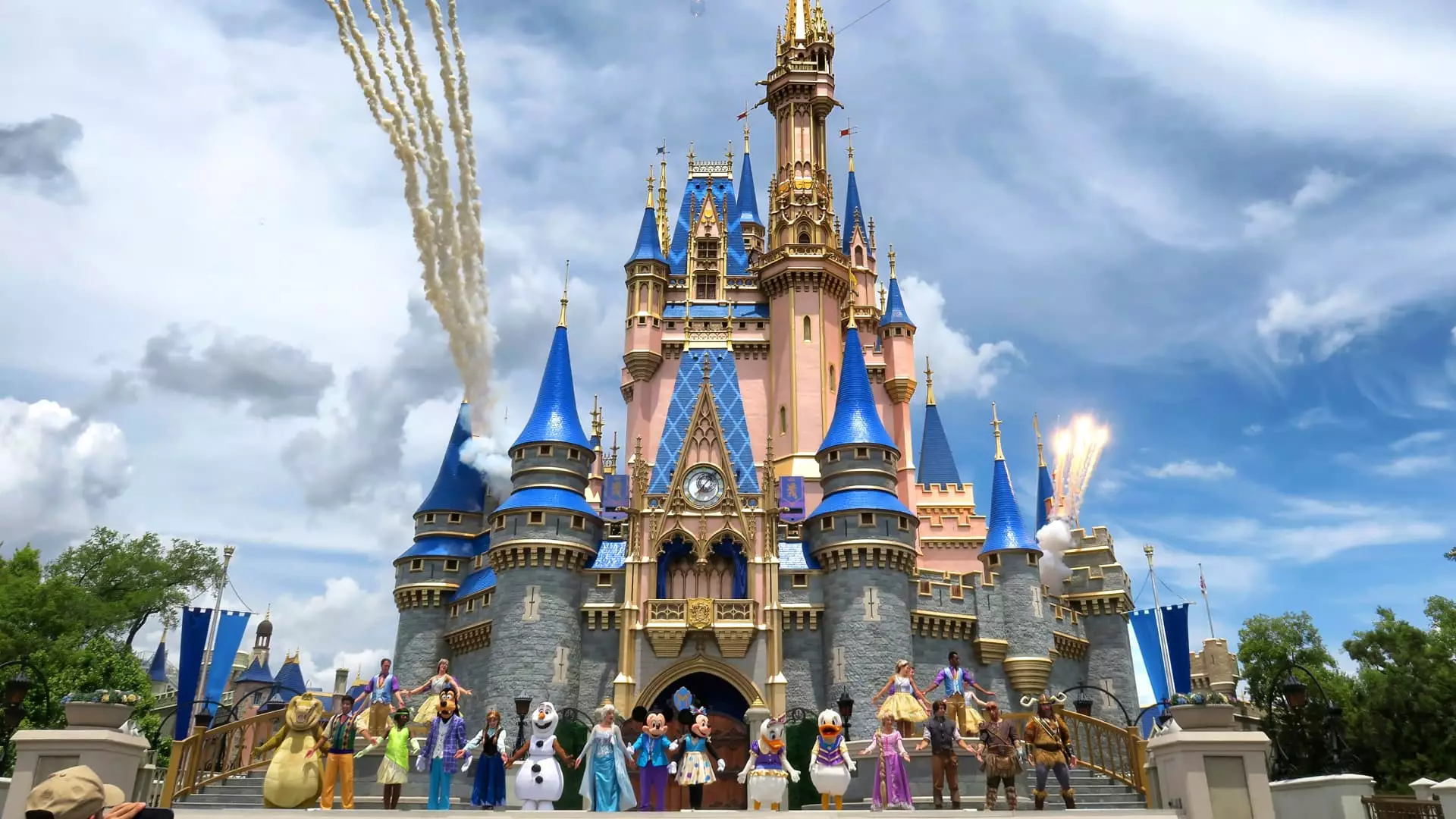The U.S. travel sector has shown remarkable resilience in the face of the COVID-19 pandemic. Domestic travel numbers have bounced back to pre-pandemic levels, and air travel has seen a surge in bookings. Despite more than a third of travelers planning to take on debt for their summer trips, the travel industry seems to be on a path to recovery. However, there are some signs of trouble on the horizon when it comes to theme parks.
In the third quarter of 2024, Disney reported a “softening consumer environment” that has led to a decline in demand for its theme parks. Operating profits at domestic parks like Walt Disney World and Disneyland dropped by 6%, even as revenue increased by 3% compared to the previous year. Similarly, Universal Studios’ parent company, Comcast, experienced an 11% decrease in theme park revenue due to lower attendance during the same period. These trends suggest that consumers may be looking for alternative ways to spend their money.
Despite being the most-visited theme parks in the world, Disney parks have been raising their ticket prices consistently over the past decade. A one-day, single-park ticket for Walt Disney World has increased by an average of 5% annually over the last 10 years. Between 2014 and 2024, the cost of a single day ticket at Walt Disney World has ballooned by 56%, significantly outpacing the national inflation rate of 32%. Even the cheapest tickets for Disney World and Disneyland have seen price hikes, with a one-day, one-park, off-peak ticket now costing $109 at Disney World and $104 at Disneyland. On average, a one-day ticket at Walt Disney World can set you back $154, while a ticket to the Magic Kingdom during peak times can cost as much as $189.
The escalating cost of a Disney vacation has prompted speculation about whether these popular theme parks are becoming unaffordable for the average American. Peter Supino, managing director at Wolfe Research, suggests that Disney may be using its park prices to offset declining profits from its traditional media offerings like linear television. This pricing strategy could be putting pressure on price-sensitive consumers who find it increasingly difficult to justify the cost of a Disney vacation. With consumers having more choices than ever before, theme parks like Disney and Universal Studios need to be mindful of the pricing decisions they make and how they cater to their customers’ needs.
While Disney parks continue to attract millions of visitors each year, the rising cost of admission may be turning away some potential guests. For the average American family, a Disney vacation could be stretching their budget beyond its limits. As the competitive landscape of the theme park industry evolves, it will be crucial for Disney and other major players to strike a balance between profitability and affordability to ensure continued success in the future.

